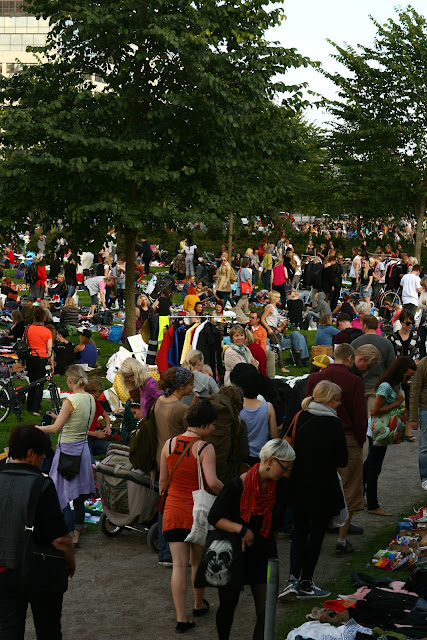Our time in Ekaterinburg was all to brief, but was much needed between two long train journeys that would have been absolutely brutal if not split. Given that our host was a keen cyclist, and we were keen to get some exercise and stretch our legs, we ignored the drizzle and cold weather.
Our tour of Ekaterinburg unearthed a large number of educational and military establishments, one of which was this 'black tulip' memorial to soldiers lost in recent conflicts - Afghanistan, Chechnya etc. We were surprised given the propensity to shame of most countries toward conflicts after WWII.
I was also surprised to see icecream advertised as being USSR, though there are many examples of soviet remnants that could have been removed if people wished. Our host explained that some people felt nostalgia for this past, at least to the soviet flavours of icecream. The price is also very reasonable - 15 roubles is 30 pence or $0.45.
Against common principles, the footpaths were our domain while cycling in Ekaterinburg, and we were bewildered by the size of the kerbs - certainly too high for a wheelchair to manage. We made the most of a couple parks that were much friendlier to cyclists and enjoyed the beautiful Autumn colours that were becoming more striking as we passed into colder climates and the seasons progressed.
That evening we experienced our first couchsurfing party of the trip, with ourselves, two Russians and a Czech guy. Despite having to get up at 4:30 the next morning for our train, we put in a pretty good effort.
Our tour of Ekaterinburg unearthed a large number of educational and military establishments, one of which was this 'black tulip' memorial to soldiers lost in recent conflicts - Afghanistan, Chechnya etc. We were surprised given the propensity to shame of most countries toward conflicts after WWII.
I was also surprised to see icecream advertised as being USSR, though there are many examples of soviet remnants that could have been removed if people wished. Our host explained that some people felt nostalgia for this past, at least to the soviet flavours of icecream. The price is also very reasonable - 15 roubles is 30 pence or $0.45.
Against common principles, the footpaths were our domain while cycling in Ekaterinburg, and we were bewildered by the size of the kerbs - certainly too high for a wheelchair to manage. We made the most of a couple parks that were much friendlier to cyclists and enjoyed the beautiful Autumn colours that were becoming more striking as we passed into colder climates and the seasons progressed.
That evening we experienced our first couchsurfing party of the trip, with ourselves, two Russians and a Czech guy. Despite having to get up at 4:30 the next morning for our train, we put in a pretty good effort.



















































